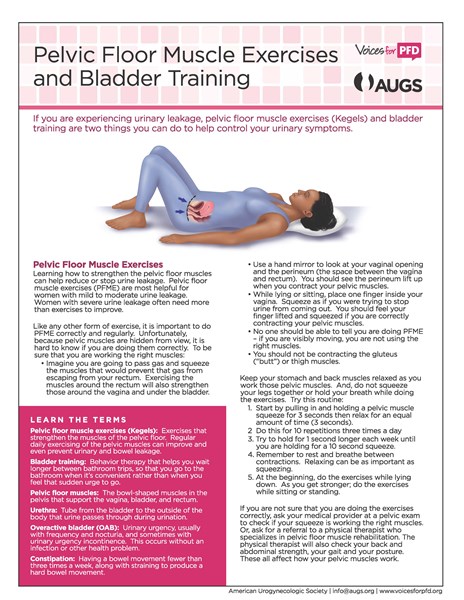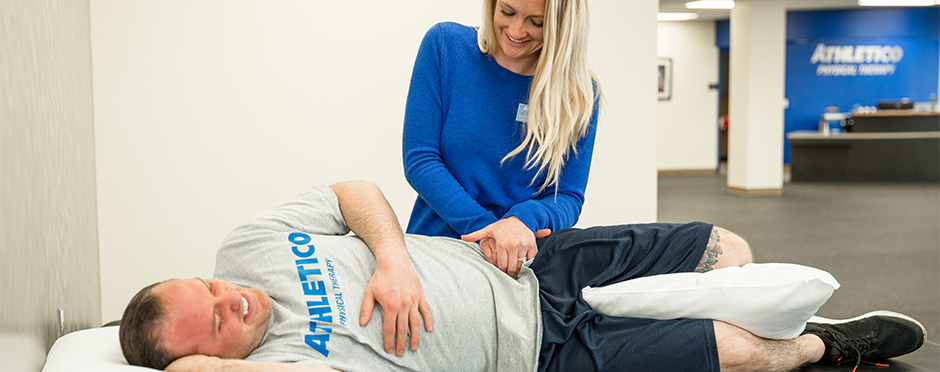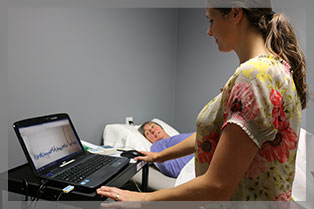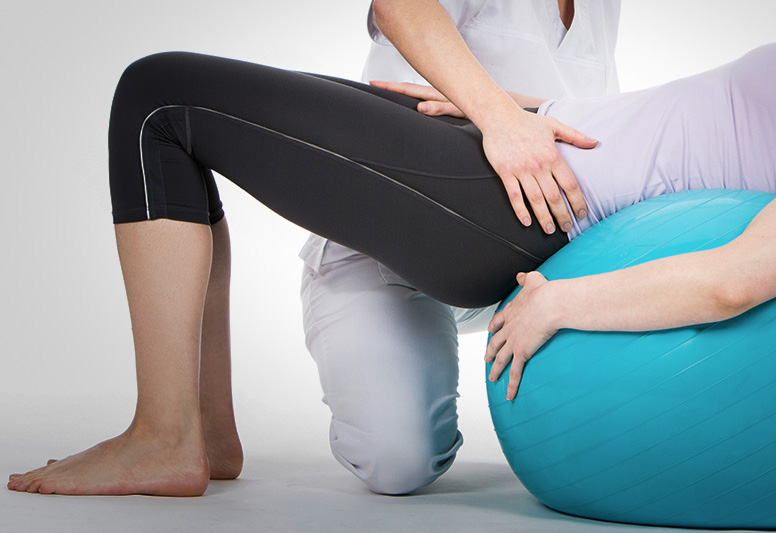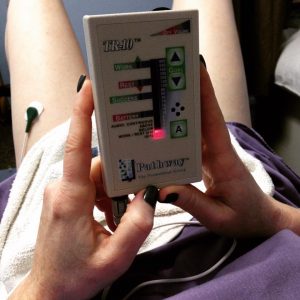The urogyn taught me self cath to avoid trips to the er for retention problems and said i needed to do ther pelvic floor therapy w biofeedback and estim because the muscles were too tight and causing the retention problems.
Biofeedback pelvic floor physical therapy.
Biofeedback has been proven effective in the treatment of urinary incontinence in numerous research studies.
Biofeedback based physical therapy to treat pelvic floor dysfunction.
Pelvic floor physical therapy.
Buttocks pelvic floor tailbone vagina rectum penis or testicles.
Physical therapists are specially trained to rehabilitate the pelvic floor muscles and work with patients to develop and individualized plan of care.
The problem with pelvic floor biofeedback devices the idea behind pelvic floor biofeedback is to help women know if they are kegeling properly.
Daily medications that help to keep.
If you haven t seen a pelvic floor physical therapist i.
Physical therapy is commonly done at the same time as biofeedback therapy.
Biofeedback is a fundamental tool for pelvic floor rehabilitation.
Checking the motor control strength and endurance of core support muscles.
The good news is that treatment typically does not involve medications.
Other testing as needed.
Biofeedback is a well researched widely used technology in the treatment of bowel and bladder dysfunction and many types of pelvic floor pain.
Biofeedback can be used for both strengthening weak pelvic floor muscles up training as well as training tight shortened overactive pelvic floor muscles to relax down training.
Pelvic floor biofeedback is sometimes used for common pelvic floor issues such as.
The pelvic floor are skeletal muscles that may become weak tight or spastic as a result of disuse surgery or trauma.
Assessing your pelvic floor muscle coordination for different activities and positions.
The therapist will determine which muscles in your lower back pelvis and pelvic floor are really tight and teach you exercises to stretch these muscles so their coordination can be improved.
Pelvic pain urinary leakage or vaginal pressure or heaviness.
It can be used to help women learn to control and strengthen the pelvic floor muscles.
Administering biofeedback biofeedback is done in an office setting with a licensed therapist who is specially trained in this type of therapy.
The initial evaluation typically includes.
These uncoordinated pelvic floor dynamics are usually diagnosed with a test called anorectal manometry which uses a thin tube to measure pressures sensations and reflexes in the rectum and anal sphincter.
The pelvic floor muscles pfm are a group of muscles that play an important role in bladder control.
Using biofeedback in pelvic floor physical therapy.



